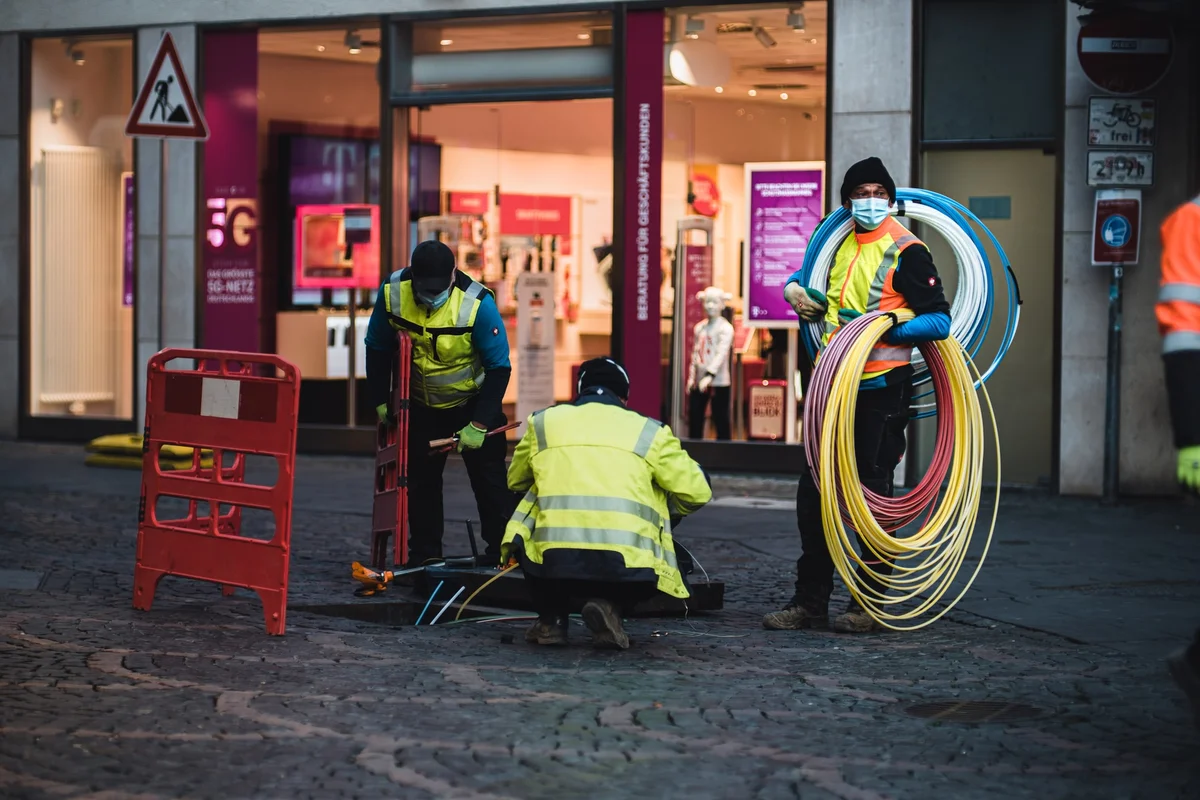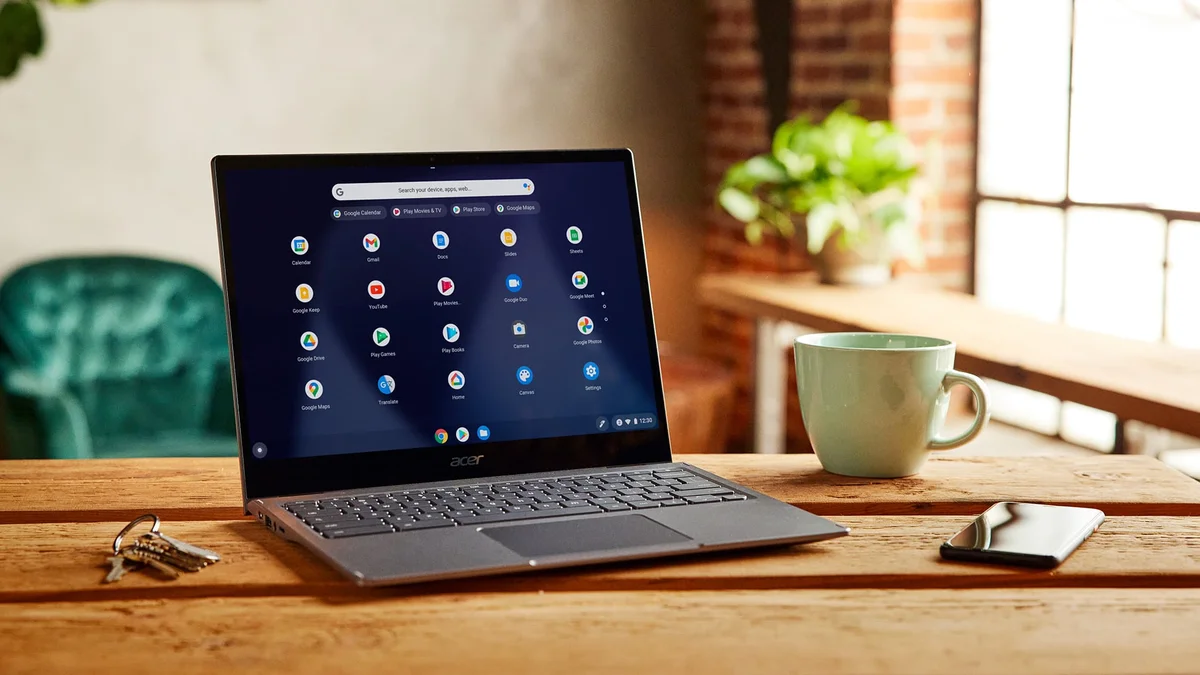Fiber Optic Internet: Some Benefits and Disadvantages
Fiber optic internet access is one innovation that has taken the technological world by storm. In comparison to typical cable lines, this sort of connection is more cost-effective. Instead, a light signal is used, which is both speedier and more dependable. Although the thread itself does not carry the electrical signal, it does provide additional safety when using glass filaments as compared to other types of lines that are utilised in the process.
When it comes to fibre optic connections, one advantage is that they don’t decay as rapidly over time, which enables a more consistent internet connection to be supplied to your home if you choose to use this form of connection for your internet. It also has the additional benefit of increasing speed. Fiber-optic lines have certain disadvantages, just as there are some advantages, to consider, just as there are some disadvantages to consider with other types of connections.
Benefits or Advantages of Fiber Optic Internet
Scalable
Fiber optic lines are simpler to scale than cable lines, which implies that they may be installed in smaller places than cable lines if the space is available. Because of the need for services, the wavelengths that pass across the lines can be switched on and off as needed to meet the demand. These services can also be tailored to meet the needs of big communities or enterprises that may want an upgrade without the need for additional lines to be installed. Lines may often be installed such that they will endure for around 20 years, eliminating the need to replace them when more services are required.
Costs
When compared to copper lines or other materials that are utilised with cable internet or a satellite system, a fibre optic internet network often requires less maintenance and has lower operating costs. While a fibre system is more expensive to establish and connect when it is first deployed, the total maintenance process is less expensive since it can be adjusted to suit the demands of the community or enterprises. Due to the increased use of fiber-optic lines by businesses, the cost of materials and connections should gradually reduce over time, allowing businesses to remain competitive.
Also Read: 8 Shocking Ways The Internet Is Being Misused Today
Connection
Comparing fiber-optic lines to cable lines, fiber-optic lines are a little more resistant to electrical interference from outside sources. The performance of the internet connection might be adversely affected if there is an electromagnetic disturbance that develops. It is possible for several elements, like the sun and electricity lines, to cause this type of disruption. Because fiber-optic cables are often buried in the ground and because the glass filaments that shield the signals that are delivered make them more resistant to electrical interference, they are becoming more popular for data transfer.
Secure
Whether you use the internet at home or at your place of work, you must have a secure connection in place. Due to the fact that fiber-optic links do not emit signals, it is more difficult for messages to be transferred to networks other than your own. If there is any type of break or disruption in the lines, it is generally easy to notice, which allows for speedier repairs and a shorter period of time without an internet connection. If there is a bigger break, it may result in the failure of the entire system; however, because faults are normally easy to detect, the failure can usually be fixed rather than having to replace cable lines. Maintenance and management of fibre optic cables are frequently performed at a single location rather than dispersing the lines and equipment across a greater area, resulting in a more secure and straightforward method for sustaining internet connections.
Disadvantages of Fiber Optic Internet
Fiber optic internet lines have several advantages, but there are also some disadvantages to using this type of connection. Before making a final decision on the type of connection that you want for your home or business, you should consider the advantages and disadvantages of each type of connection.
Damage
Because fibres are more sensitive and thinner than cable lines, if someone were to cut into them, the lines would be more vulnerable to being damaged. The most usual case in which these lines are severed is when a renovation project is being completed or when rewiring is being done in the home. Data is carried more quickly and in greater quantities than is possible with standard cable lines, allowing more people to be serviced in a given region at the same time as before. If, on the other hand, the lines are damaged, this indicates that a greater number of individuals will be affected by the outage until the lines are fixed. Additionally, fibre does not bend as easily as cables, making it more difficult to route lines around corners of buildings or curves. They are also more sensitive to exposure to chemicals and radiation, which can cause the lines to degenerate if they are exposed for an extended length of time to these substances.
Also Read: What are some advantages of Using IT in Education?
Costs incurred during a short period
Even if the cost of fibre lines is beginning to decline, the initial installation of fibre lines might be prohibitively expensive. It is normally necessary to use specialised equipment to test the lines to guarantee that they are incorrect functioning order or to determine if there is a problem with the lines that need to be addressed. It is possible that larger expenditures may be incurred over a shorter period since specific equipment will be required when the lines are originally connected, and that if issues emerge with the equipment, the system will be back up sooner.
Fusing
There is a problem known as “fibre fuse” that affects fibre-optic lines and must be addressed. If there is an excessive amount of light that reaches a flaw in the fibre lines, it can begin to degrade the whole line over time if the problem is not corrected.
Lighting
Only one manner in which light may propagate across fibre cables is possible. There are occasions when two-way communication is required instead of a single-way conversation. This implies that two distinct cables would need to be placed for the information to be delivered one way via one cable and the other way through the other cable for the information not to overlap with one another. Because there are more lines involved, there is a greater potential of damage to the lines occurring, and it may also make it a little more difficult to install the lines because they must be put in a precise manner so that they do not collide with one another during installation. Because there are two lines instead of one, more money is spent as a result of the double placement.




